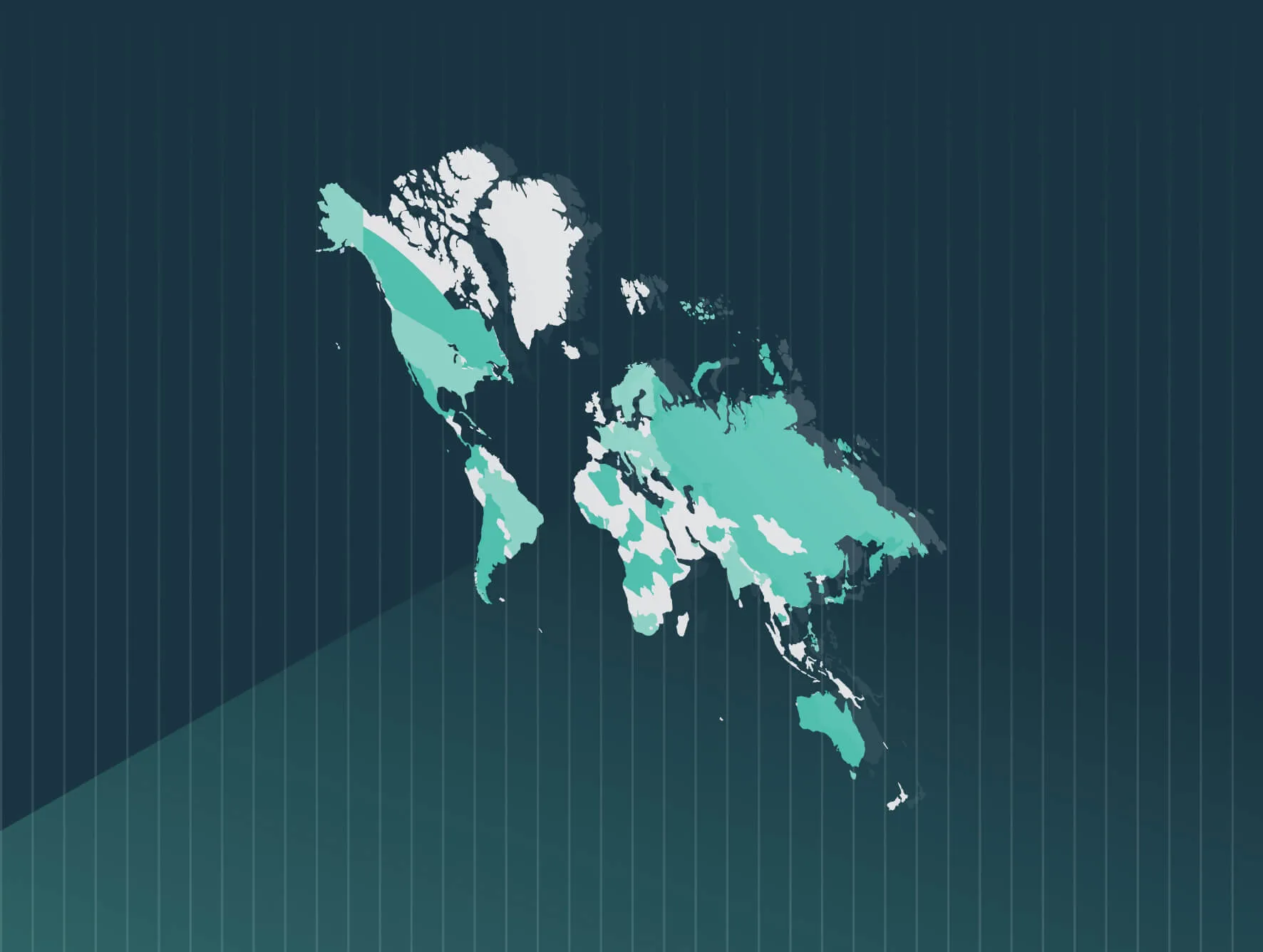Everywhere you turn, organizations, individual states, countries all over the world, and federal governments are proclaiming focus to achieve pay equity, diversity, and inclusion in the workplace. The latest to voice the sentiment is the Equal Employment Opportunity Commission’s (EEOC) Charlotte A. Burrows.
Burrows was appointed by Biden in January 2021 and is the EEOC’s newest Chair, though she has been on the commission since 2014. Among Burrow’s resume highlights includes working on legislation such as the Lilly Ledbetter Fair Pay Act, the Americans with Disability Act Amendments Act, and EEO-1 Component 2 pay data reporting. Before joining the EEOC, Burrows was involved in a number of roles in the Civil Right Division’s Employment Litigation Section at the Department of Justice. During her time, “she represented the United States in all phases of civil litigation, including trial, to enforce Title VII of the Civil Rights Act of 1964.”
According to the EEOC website, Burrows has “advocated for strong civil rights protections and robust cooperation between the Commission, employers, and employees to advance equal opportunity in the workplace. She seeks to enhance the Commission’s enforcement of all laws within its jurisdiction, focusing in particular on initiatives to combat harassment, foster pay equity, and advance diversity and inclusion.”
Burrows’ priorities for the EEOC focus on issues relating to systemic discrimination. According to HR Dive, during an American Bar Association conference last month, Burrows said “we’re facing a very urgent issue — as all of you know — of systemic discrimination and systemic racism… so you should expect first and foremost a renewed attention to tackling systemic discrimination in all forms on all bases, while also looking of course to advance those individual charges, and that’s including but not limited to race discrimination.”
As to what the EEOC’s strategy for resolving pay discrimination will look like, that remains unknown but all signs point to the return of EEO-1 Component 2 pay data reporting. As a reminder to employers, EEO-1 Component 2 pay data reporting required the submission of hours of service and W-2 data on employees as part of the annual EEO-1 reports.
While the agency has not specifically said whether it would reinstate the requirement for employers to submit pay data as part of the annual EEO-1 report, Burrows has previously supported EEO-1 Component 2 pay data reporting, saying specifically that the data “would be very useful to the agency.” Burrows adds, “We don’t reveal specifics about [the data] but we do have the opportunity to take it and use it in ways that are helpful.”
Burrows’ words come from a larger discussion regarding the difficulty in identifying pay discrimination and thus the reasoning for introducing pay data reporting. Based on her long-standing beliefs regarding the importance of pay data collection and her new focus on pay equity, we can speculate that pay data reporting will again return for employers.
Burrows’ goals and policy agenda are reflective of the current political climate and despite there still being a Republican EEOC chair majority, we can expect her initiatives to be well received moving forward.
Take for example how the Biden administration is responding to pay equity. The administration issued Executive Order 13985, Advancing Racial Equity and Support for Underserved Communities Through the Federal Government which requires federal agencies to pursue a comprehensive approach to advancing equity among underserved communities. The administration also issued Executive Order 13988, Preventing and Combatting Discrimination on the Basis of Gender Identity or Sexual Orientation which requires the federal agency to review all policies which implement non-discrimination protections on the basis of sex. Biden also reversed the final ruling on independent contractor status under the Fair Labor Standards Act, reverting to a more employee-centric approach from the Obama era.
States too are making progress to encourage fairness of pay and prohibit workplace discrimination. California’s pay data reporting deadline just passed and Illinois just amended its equal pay acts to require pay data reporting.
Lastly, but just as important is the Office of Federal Contract Compliance Programs’ (OFCCP) newest Director, Jenny R. Yang, who like Burrows, has identified pay equity as a top priority and actually introduced EEO-1 Component 2 pay data reporting while she was the Commissioner of the EEOC.
All these efforts point back to achieving social good and one of the best ways for employers to join in is through monthly pay equity, diversity, and inclusion monitoring platforms, like PayParity. Ongoing measurements are key to successfully meeting diversity, equity, and inclusion (DEI) efforts. As the Harvard Business Review says “the collection, analysis, and disclosure of diversity data … holds the promise of being a powerful lever for progress.”








